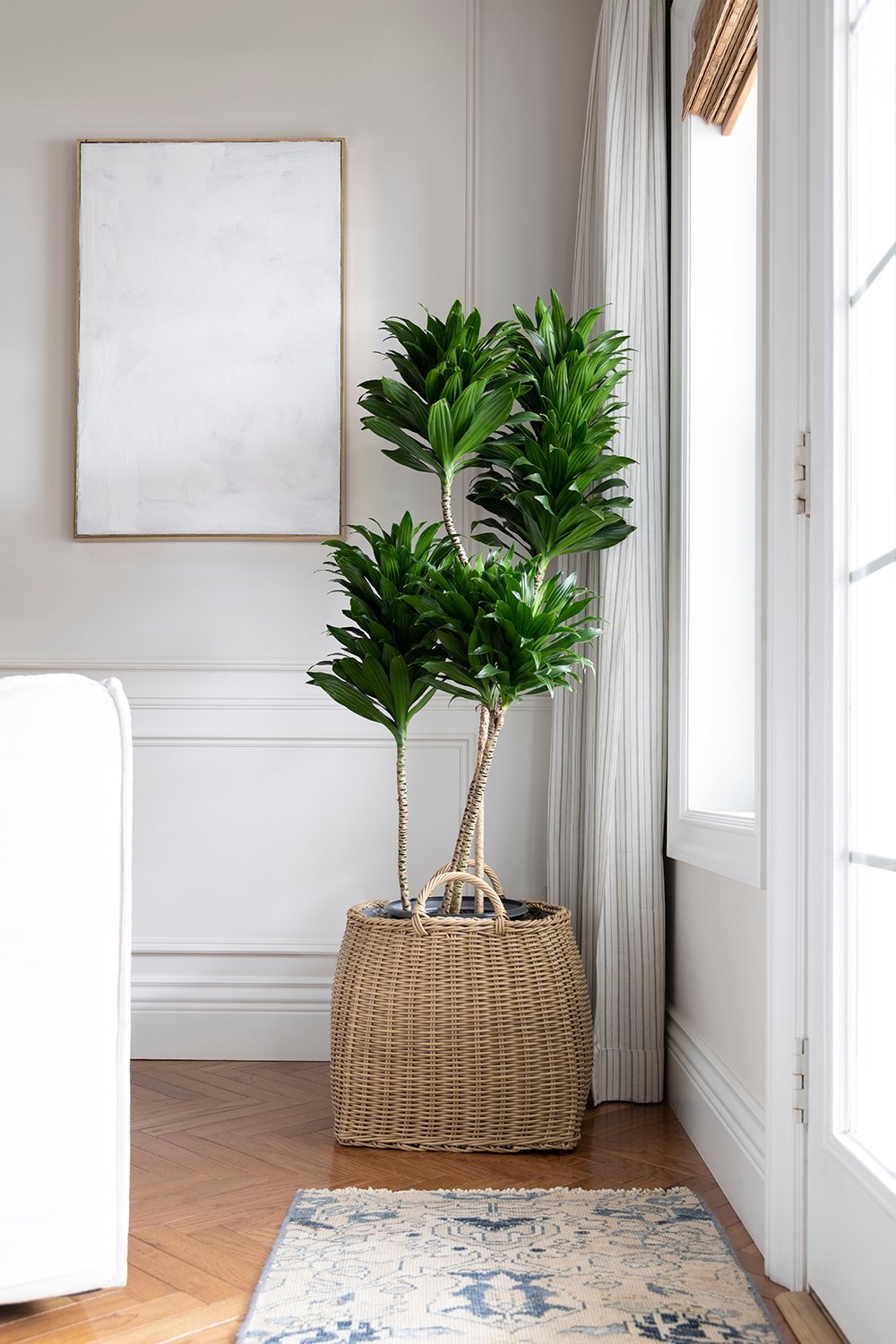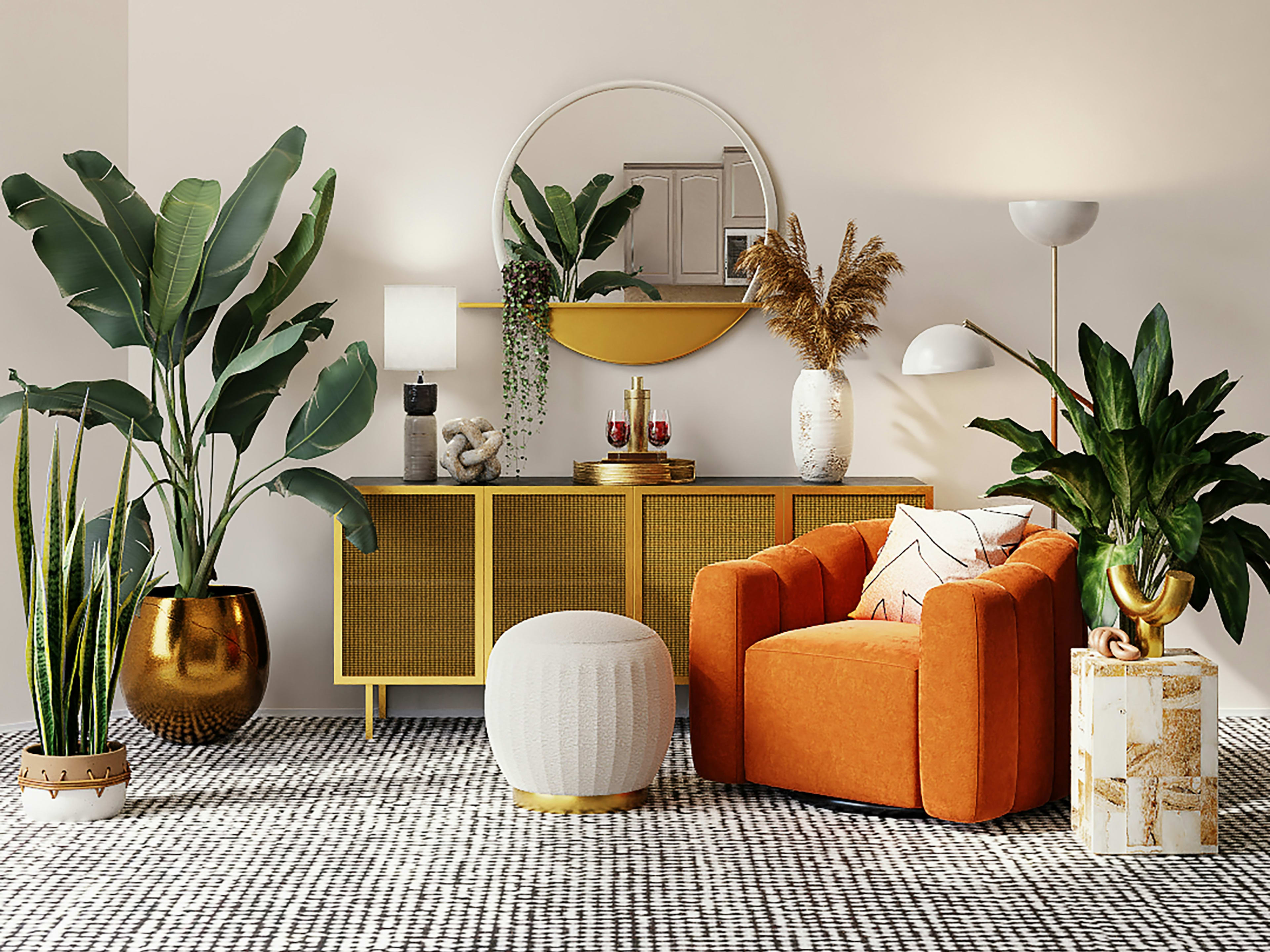The Best Low-Light Indoor Plants for Beginners and Busy Plant Owners
The Best Low-Light Indoor Plants for Beginners and Busy Plant Owners
Blog Article
Transform Your Home With Beautiful Low-Light Indoor Plants and Their Benefits
Integrating low-light interior plants right into your home can significantly improve both the aesthetic and ecological high quality of your living areas. These plants, which thrive in dark conditions, serve not only as attractive components but also as natural air purifiers, making them ideal for city occupants or those with restricted sunlight exposure. As we check out the various kinds of low-light plants and their benefits, you may locate unexpected ways to integrate them into your home that can transform your environments in means you may not have prepared for.
Benefits of Low-Light Plants
Low-light plants use countless benefits for interior atmospheres, making them an outstanding selection for both newbie and skilled gardeners. Among the main benefits is their adaptability to low-light conditions, allowing individuals to enhance their home without the need for substantial sunlight direct exposure. This characteristic makes them ideal for apartments, offices, and various other areas with limited all-natural light.

In addition, incorporating low-light plants into home decoration can raise the aesthetic allure of an area. Their lush vegetation and varied textures produce a soothing ambience, adding to overall health. The existence of plant has been connected to decreased anxiety degrees and boosted productivity, making low-light plants a sensible option for improving both physical and psychological health in interior settings.
Leading Low-Light Indoor Plants
While many indoor plants grow in intense light, a number of varieties are particularly well-suited for low-light problems, making them suitable for various interior rooms. One popular selection is the Serpent Plant (Sansevieria), known for its striking upright fallen leaves and resilience, requiring very little treatment. Another outstanding choice is the Pothos (Epipremnum aureum), which includes heart-shaped fallen leaves and can trail wonderfully from wall mounts or shelves, prospering in low light and adding a rich touch.
The ZZ Plant (Zamioculcas zamiifolia) is commemorated for its shiny leaves and ability to endure neglect, making it excellent for hectic way of livings. In a similar way, the Peace Lily (Spathiphyllum) not only tolerates low light yet additionally generates sensational white blossoms, enhancing any kind of space's aesthetic.
For an unique touch, take into consideration the Cast Iron Plant (Aspidistra elatior), which undoubtedly measures up to its name, thriving in the darkest edges of your home. Last but not least, the Chinese Evergreen (Aglaonema) uses a range of leaf patterns and colors while being remarkably flexible in low-light problems. These plants not only beautify indoor environments yet additionally add to air purification, enhancing your space.
Care Tips for Low-Light Plants

Watering practices are crucial; these plants frequently favor somewhat completely dry problems. Overwatering can result in root rot, so guarantee that the leading inch of soil is completely dry prior to watering again. Usage pots with drainage holes to permit excess moisture to get away.
Humidity is another crucial aspect. Numerous low-light plants, such as ferns and tranquility lilies, benefit from higher humidity levels. To boost moisture, think about misting the leaves or putting a tray of water near the plants.
Fertilizing should be approached with caution. Throughout the growing season, use a thinned down, balanced fluid plant food every month to support growth, however prevent feeding throughout the inactive winter season.
:max_bytes(150000):strip_icc()/low-light-houseplants-asparagus-fern-getty-1123-74a20afe3f9249ce947a337e497b84ec.jpg)
Innovative Ways to Present Plants
Interior plants can act as fascinating prime focus in any room, enhancing both aesthetic allure and atmosphere. Creative screens can raise the aesthetic influence of low-light plants, making them an important component of your home design. One effective technique is to use tiered plant stands, which allow you to display numerous plants at differing heights while making the most of floor area.
Hanging planters are another innovative alternative, developing a sense of deepness and attracting the eye upwards. Consider macramé wall mounts or wall-mounted find out here now shelves to present an one-of-a-kind appearance important site and design.
For an extra organized method, usage geometric terrariums or glass containers to house your plants, including a contemporary touch to your interior garden. You can also repurpose vintage products, such as teacups or wooden crates, for a diverse screen that shows your personality.
Enhancing Home Setting With Plants
Incorporating low-light plants right into your home not just boosts aesthetic allure but likewise adds dramatically to the general setting. These plants serve as natural decoration aspects, presenting a feeling of harmony that can transform any room. The existence of greenery cultivates a relaxing atmosphere, which is especially helpful in high-stress atmospheres such as home offices or living areas.
Low-light plants, such as snake plants, pothos, and ZZ plants, are not just cosmetically pleasing however additionally boost interior air high quality by filtering toxins. This twin feature improves the atmosphere even more, producing a healthier space (Best low-light indoor plants). The critical positioning of these plants can also affect the assumption of space; for instance, tall plants can draw the eye upwards, making ceilings show up greater and rooms more large
Moreover, differing structures and colors of vegetation include depth to interior design, permitting creative expression in home styling. Whether positioned on racks, in edges, or as focal points, low-light plants can raise the state of mind of any space. In recap, including these plants into your home is an effective method to promote a warm, welcoming environment while profiting of great site improved air top quality and aesthetic versatility.
Verdict
Including low-light interior plants into home environments supplies countless benefits, consisting of enhanced aesthetic allure and improved air high quality. These durable plants, such as the Serpent Plant and Peace Lily, call for minimal light and upkeep, making them suitable for varied way of lives. Their ability to filter toxins contributes to a much healthier living space, while their diverse appearances and colors enrich interior design (Best low-light indoor plants). Eventually, the addition of low-light plants fosters a calm and inviting ambiance, transforming any kind of home into a tranquil oasis.
While several interior plants grow in bright light, several varieties are particularly fit for low-light conditions, making them excellent for various interior spaces. One effective method is to use tiered plant stands, which enable you to display numerous plants at differing elevations while making the most of flooring room.
Low-light plants, such as serpent plants, pothos, and ZZ plants, are not just visually pleasing yet also improve indoor air top quality by filtering toxins. Best low-light indoor plants. The critical placement of these plants can likewise influence the perception of space; for instance, tall plants can attract the eye upward, making ceilings appear higher and areas much more sizable
These durable plants, such as the Snake Plant and Tranquility Lily, need very little light and upkeep, making them suitable for diverse way of lives.
Report this page